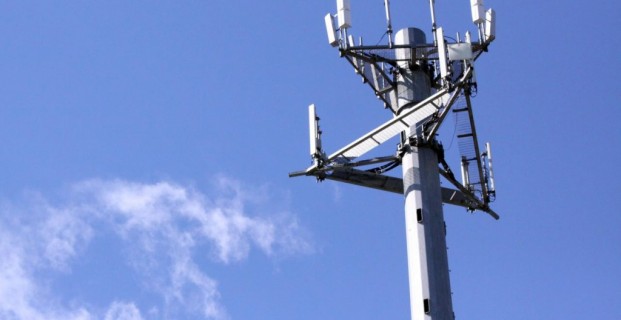Streaming video from a remote location to a video server or CDN ( Content Delivery
Network ) or even a cable news channel is now easier with the recent advances in streaming technology.
Your video camera would provide the raw video from one of its output ports. These outputs could be S-Video, Composite or Component video, but more probably it would be from one of the newer digital outputs such as HDMI, SD-SDI, HD-SDI, or 3G-SDI.
Presently there are four main types of remote video broadcasting delivery routes: A Dedicated Line to the internet; Single Cellular Modem; Bonded Cellular and an ENG Satellite Truck. Each of these options will be ranked by 3 factors – Cost, Complexity, and Reliability.
COST
Dedicated Line — Such as an existing T-1 line from a nearby building. Costs can start at under $100.00 for usage.
Single 4G Cellular Modem– Costs depend on the total data amount broadcasted. Under $100.00 to start.
Bonded Cellular – 3G and 4G bonded wireless has a onetime hardware cost of about $3000.00, plus the cost of the data plans from 2-8 wireless network providers, which will vary by location and the length of the contracts.
ENG Satellite Truck – Half day rate with operator $2500.00, plus the satellite and downlink rental time of about $450/hr.
COMPLEXITY
Dedicated Line – T-1 lines are not always available when you need it, and with the amount of bandwidth that you will need to broadcast video.
Single 4G Cellular Modem– You can easily turn your Smartphone into a Wi-Fi hotspot. But don’t always expect available or reliable bandwidth at your broadcasting location.
Bonded Cellular – 3G and 4G bonded cellular components are easy to assemble out of the box. But it can be difficult to set up multiple data plans, with multiple wireless networks at the same time.
ENG Satellite Truck – The truck needs to be scheduled a week or more in advance, as well as, booking the crew, satellite and downlink time.
RELIABILITY
No matter what the cost is, or how easy it is to set up, or how great the picture looks – if it isn’t reliable, it’s not a good choice.
ENG Satellite Truck – First choice for reliability. It’s expensive but you get a steady, good looking, reliable video picture. Trouble is that the small C band satellite vans are starting to disappear, leaving just the big, multi-camera trucks – very expensive.
Bonded Cellular – Second choice for reliability. 4G/Lite cellular bonding is comparatively new, but is robust and reliable. Since the video is streamed over bonded 3G/4G wireless cards, your video stream can support high quality video, as long as, the fluctuations, outages and jitter are managed intelligently by the broadband bonding appliance.
Dedicated Line – Third choice. Because it is a dedicated, point to point internet connection, aT-1 line can have network fluctuations that are unavoidable. Ideally you should use a Broadband Bonded set of internet lines to make sure that you have the redundancy, reliability and jitter mitigation built into your live video streaming solution.
Single 4G Cellular Modem – The fourth and last place choice. With this choice it is almost guaranteed that the cellular signal will drop out at some time during your video broadcast stream. And forget 1080 HD broadcasting, it’s out of the question.
TO SUM IT ALL UP, the 3G/4G Bonded Cellular is your best bet when you compare Complexity, Cost and Reliability. Bonded cellular systems are also the place where most of the big tech companies are doing their wireless research and development.

